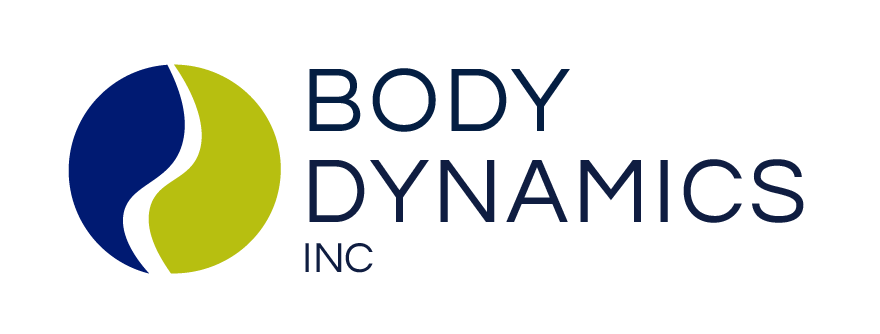What is Pilates?
Simply put, Pilates is a set of specific actions to bring the body into alignment and then challenge that alignment with oppositional movements. But Pilates is so much more than that. It is a system of physical and mental conditioning through progressive movements that build strength, stability and stamina as well as improves flexibility through stretch. It can be life-changing and life-long.
Mat vs Apparatus
Mat work is the foundation of the Pilates method. It is where most beginners start to learn techniques, focus on instructor directions, and translate them into their bodies. That is why you rarely see classical instructors doing the exercises with you. It is not to copy the movement, but to connect your mind with your body. In classical mat, there is a specific order of exercises that are linked together by transitions from one exercise to the next. The transitions are as important as the exercises themselves because they promote continuous movement, or flow. This is great for building stamina.
Apparatus-based Pilates – reformer, trapeze table, high chair, wunda chair, ladder barrel, baby chair, ped-o-pull, and guillotine just to name a few- is where students begin to incorporate the technique they have learned from mat and apply it throughout the exercises on each apparatus.
What Is a Pilates Class Like?
In a typical 55-minute Pilates session, there is 10-15 minutes of mat, 20-25 minutes of reformer, 15 minutes of individual needs and 5 minutes to apply some ending exercises. The session is structured to work from a horizontal stable surface, to a moving surface, and eventually coming to a vertical position, each plane of work challenging the body and mind in various ways. For instance, the student can perform the mermaid exercise on the mat, the reformer, the wunda chair, and the trapeze table with each apparatus challenging the student differently.
Is Pilates Right For You?
The practice of Pilates offers solutions to people with restricted mobility, hypermobility, misalignment, and general core weakness. It can benefit a beginner returning to exercise as well as an elite athlete or dancer; an 11-year-old and a 70-year-old; men or women. It is an adaptable method that is ideal for people suffering from chronic pain, women that are pregnant, or someone who just wants to feel better. Here are some specific benefits, to highlight a few:
- Raises body awareness and increases body control
- Improves posture and enhances attention to movement from alignment
- Creates stronger lung capacity and optimal internal organ functionality
- Enhances concentration and focus
- Promotes better balance and proprioception
How Does Pilates at BDI Differ from Classical Pilates?
Classical Pilates studios stay relatively true to the progressions originated by Joseph Pilates. His approach takes the student through a range of exercise levels, progressions concentrating on fundamental techniques to achieve the ideal performance of the exercise. The advanced level of work takes the ideal form of each exercise and changes the flow, breath, or stability and adds variations to challenge the student.
Over the years the classical method has evolved in many forms to meet the needs of specific protocols or populations. Specifically, Body Dynamics addresses the special needs of client rehabilitation and strengthening by using Pilates concepts and apparatus, but tailoring the repertoire substantially to achieve a return to functional, efficiently executed movement. At Body Dynamics, we tailor the Pilates experience to fit the rehabilitative approach, or even a combination of Pilates stability and strength training.
Final Thoughts from A BDI Pilates Instructor
“When I decided to get certified, I did it because I wanted to gain a deeper understanding of the exercise for my own practice, not to teach. After 16 years of doing and teaching, I have come to understand that the key to making Pilates a successful regimen is in its principles, not the exercises or the equipment. Understanding how to move efficiently by moving from a stabilized, aligned position, paying attention to the details of precision, performing movements with intent and focus, and the importance of breath can enhance your practice and improve health and wellness. “ – Gayle Ramsey Cooper, Fitness Trainer

